If you can't take your eyes off the gorgeous Crawley ladies during the fifth season of Downton Abbey, you're not alone. The show has single-handedly brought back a fervent interest in Edwardian- and '20s-era fashion and beauty, which could require hours of preparation for one ensemble. Dive into a time before nylons and quick-drying nail polish, and you'll see how much work it would have taken to make Lady Mary beautiful. (Hint: dirty hair is involved.) It's all enough to make a Turkish diplomat lose his breath.
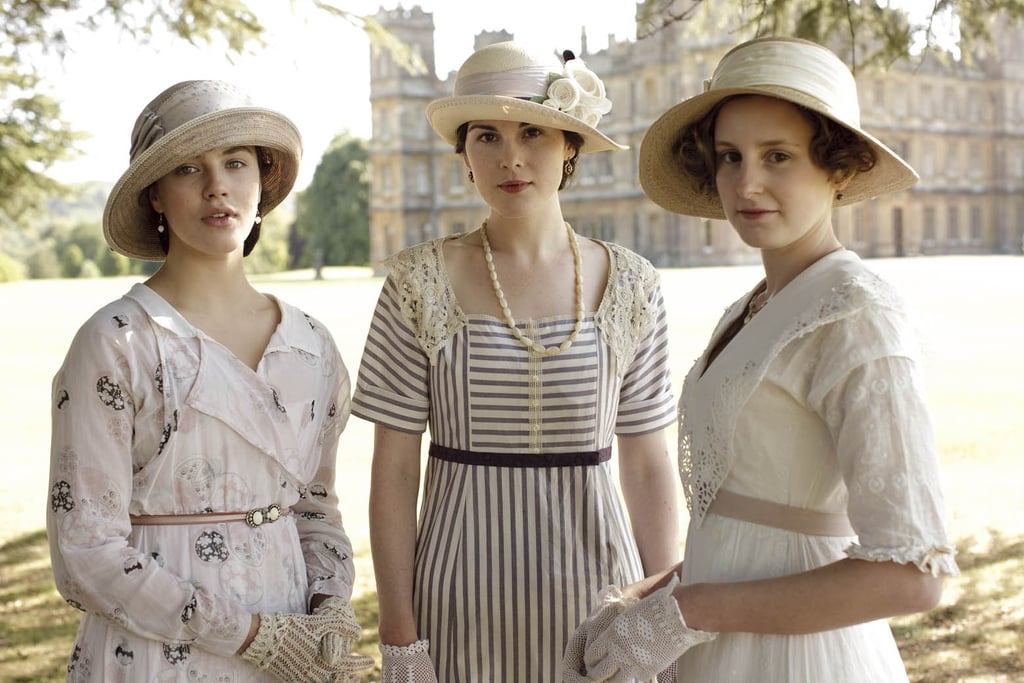
Although some cosmetics existed during the Edwardian era, women like the Crawleys would never wear makeup. At the time, anything more than the occasional dusting of face powder was considered declassé at best among high society; the only women who regularly wore makeup were prostitutes and actresses.

The average ladies' maid in an estate such as Downton Abbey would pay the equivalent of $3,000 or less in today's dollars. What's more, each maid was expected to purchase and maintain her own uniform.
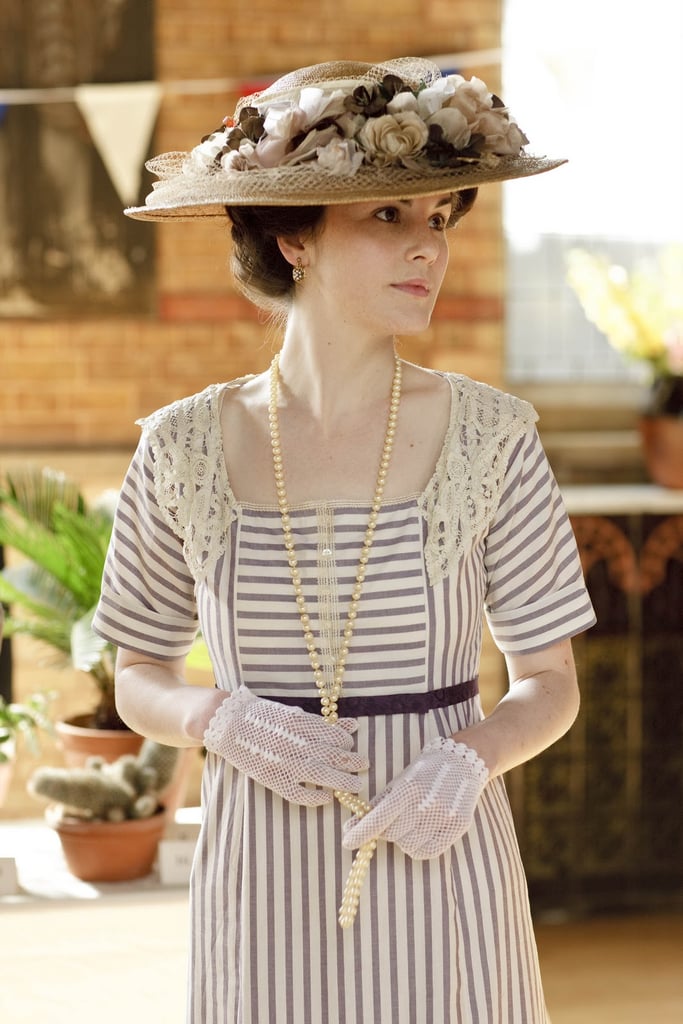
Hats, usually topped with flowers or feathers, were de rigueur during the Edwardian era.
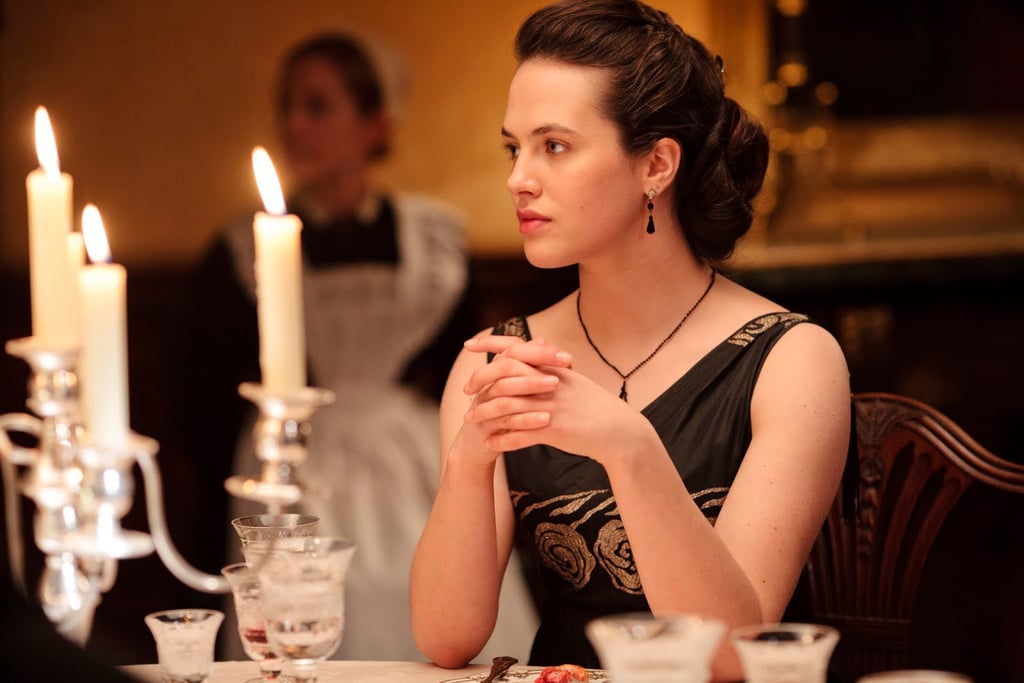
As sleeveless dresses exposed the underarms, more and more women began to shave their body hair. And it happened quickly, too: Around the turn of the century, few women removed hair, but by 1915, the Milady Gillette razor was in stores.
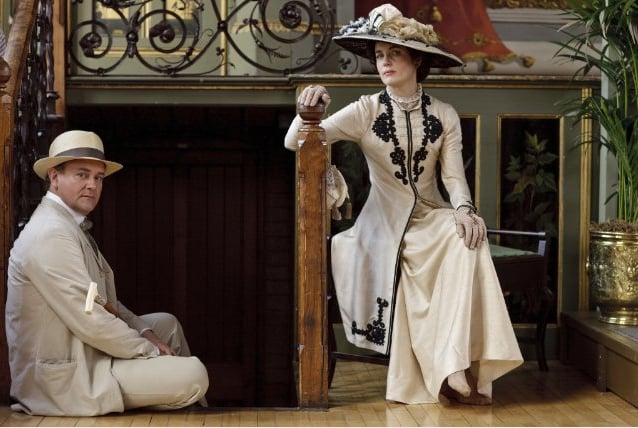
As compared to Victorian styles, Edwardian fashion was looser and less restrictive. That's not to say that clothing was comfortable, though. Cora and her daughters would definitely have worn corsets beneath their clothing, which explains why they needed help dressing.
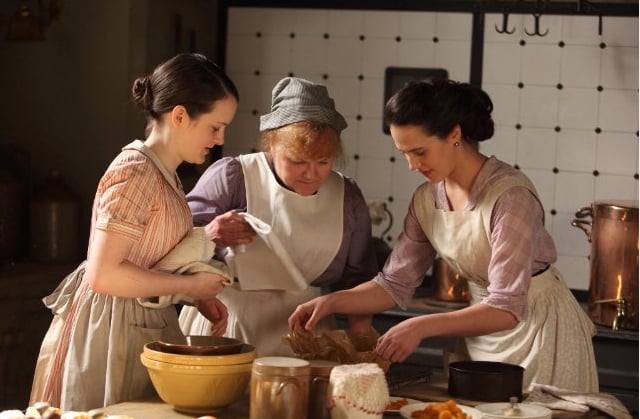
Working women didn't catch a break from corsetry, either. Daisy, Mrs. Patmore, and the rest of the "downstairs" group would have worn corsets as they cooked, cleaned, and served in the home.
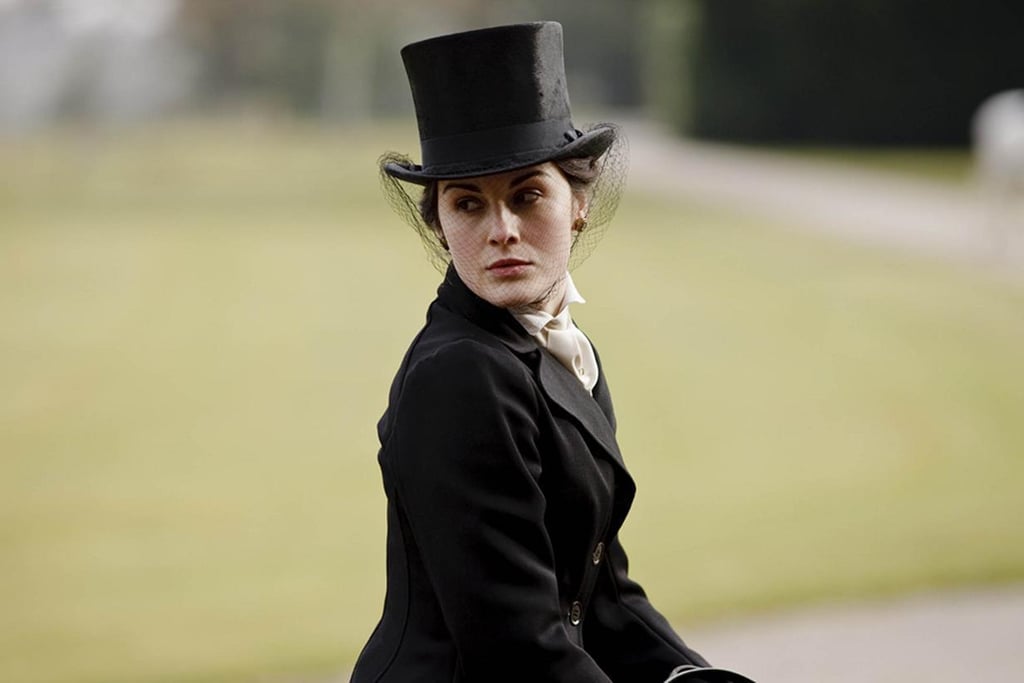
Rules dictated not only that women changed outfits for every occasion, but also that they updated their hairstyles accordingly. Between riding, sitting for tea, and having dinner, a woman like Mary could spend hours getting dressed and coiffed each day.
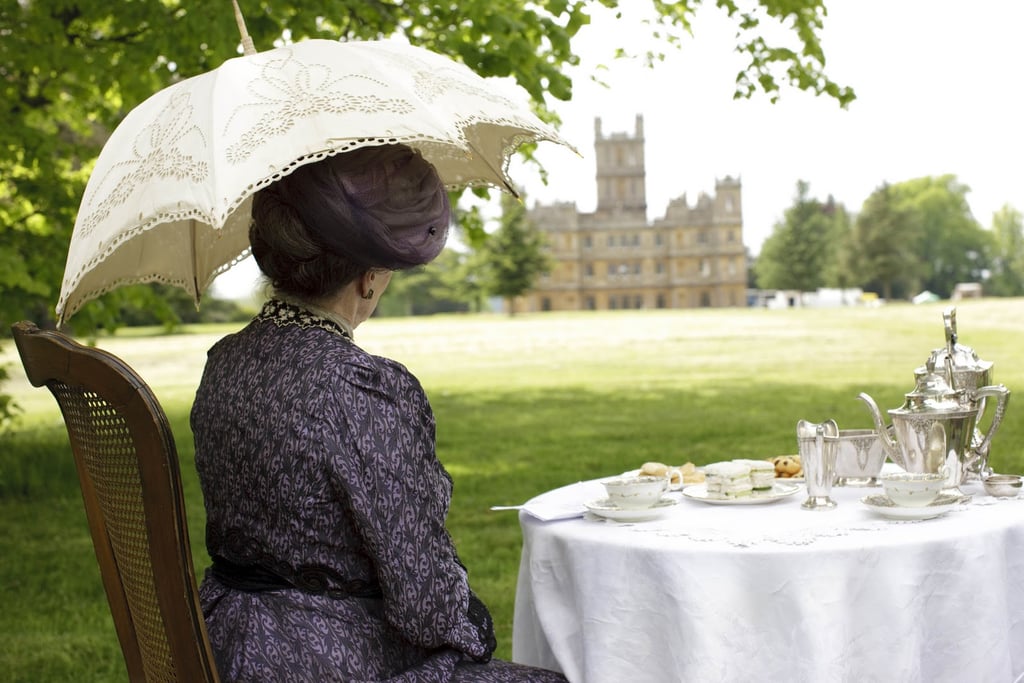
Violet was an immensely popular scent in the 1910s, and those who could afford commercially produced perfumes had a growing number to choose from. Deodorant, if it was used, was usually a simple powder.
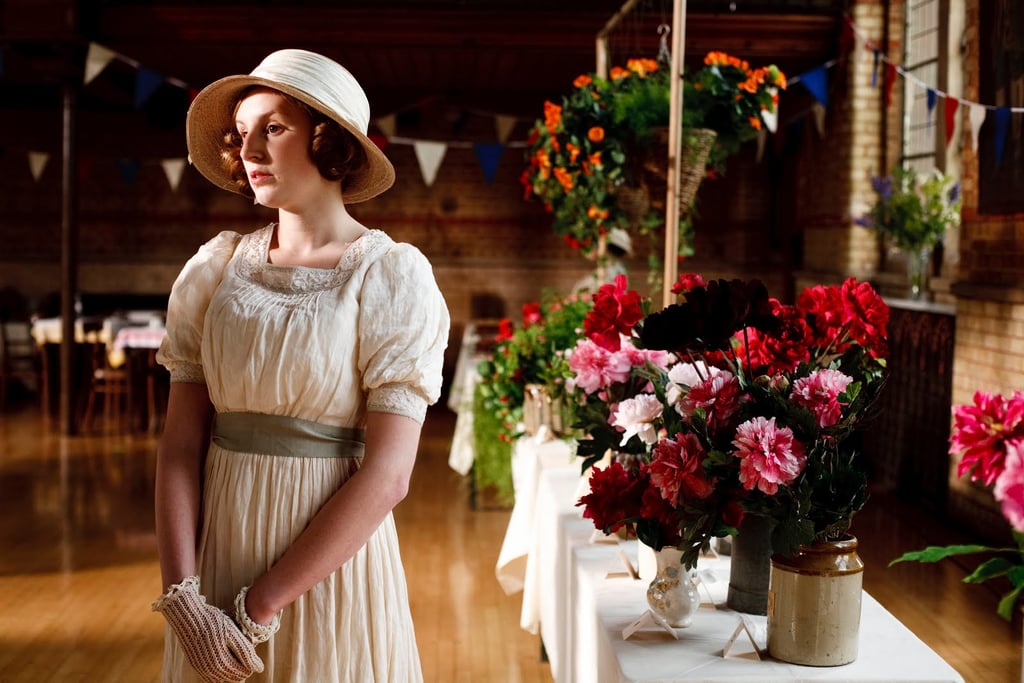
The lack of contemporary deodorants isn't to say that people smelled awful, though. Upper-class women like Edith might bathe every day — after, of course, a servant ran the bath for them. Some soaps, such as Yardley, that the Downton Abbey characters might have used are still around today.
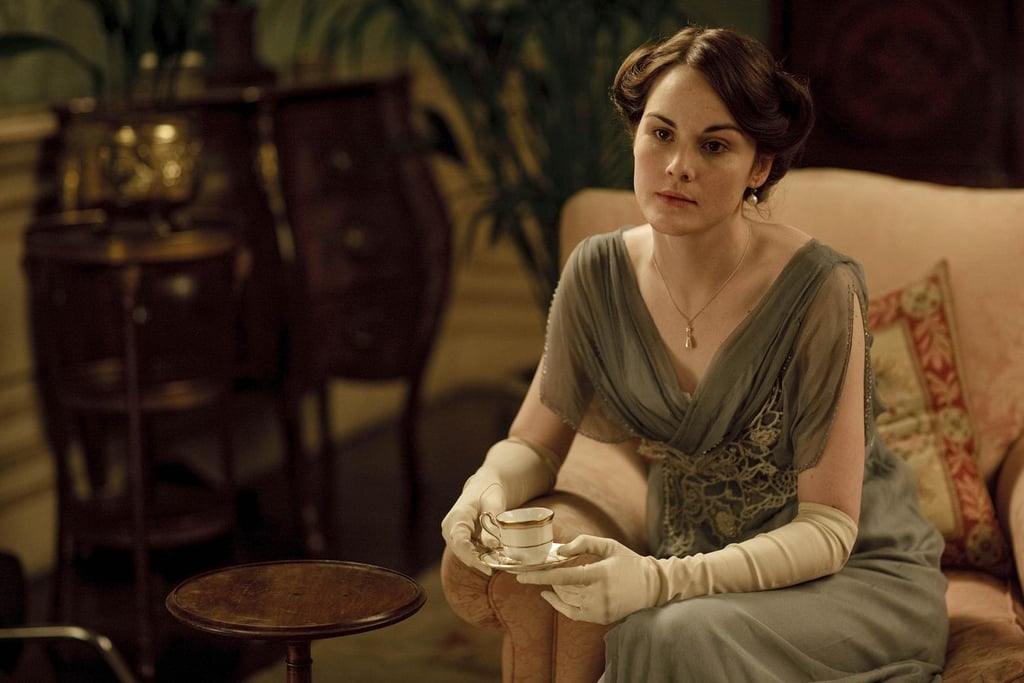
Ever notice how nobody wears her hair down at Downton Abbey in the earlier seasons? That's not by accident. Only little girls and "loose" women wore their hair down in those days. Wearing hair up, however, showed that she was ready to be presented — and therefore, courted — as a grown woman.
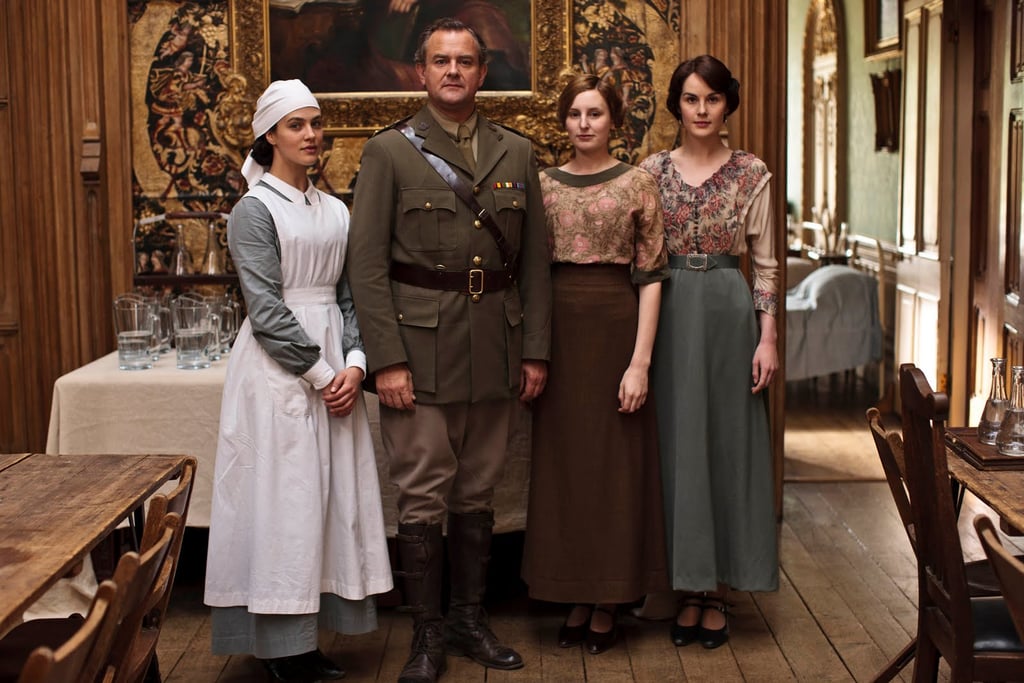
Especially during World War I, resources and supplies were scarce. Still, wealthy women might be able to pick up a new dress or two in London. Harrods, Liberty, and Selfridges stocked the most fashionable ready-to-wear clothing for women. As for the maids, they probably owned three outfits: a dress for cleaning, the house uniform, and a dress to wear to church.
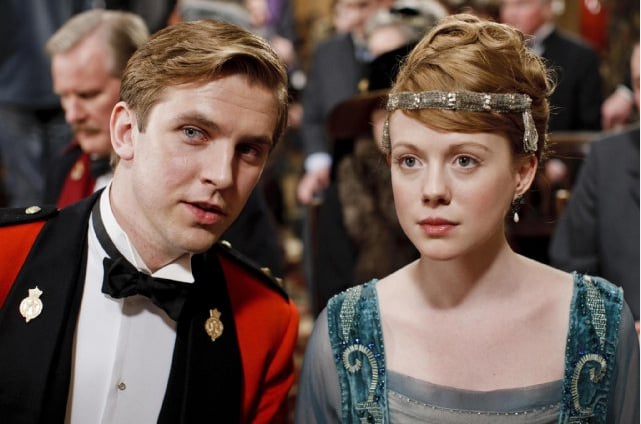
Bad news for Lavinia: blond hair wasn't so fashionable during the Edwardian era. Instead, chestnut-brown hair was considered the height of beauty.
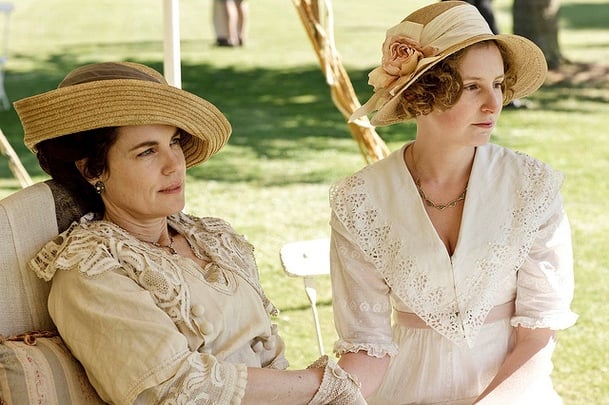
Upper-class women like Cora and Edith typically wore hats and gloves if they went outside. That's because a pale complexion, not a tanned glow, signified wealth and status. Fair, nearly translucent skin was desirable among nobles, especially if veins could be seen. (Hence the popularity of the phrase "blue bloods.")
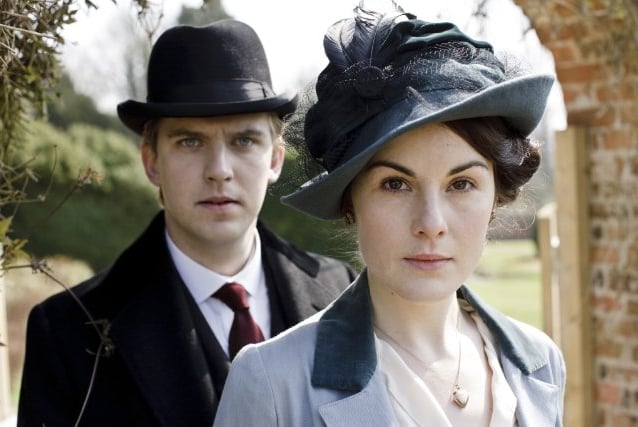
A woman of Mary's stature would never risk being seen visiting a beautician — it was considered vain and embarrassing to admit that you needed help to look beautiful. Still, some London women discreetly visited the House of Cyclax on Bond Street, where they could purchase blotting papers and face creams by ducking in the back door.
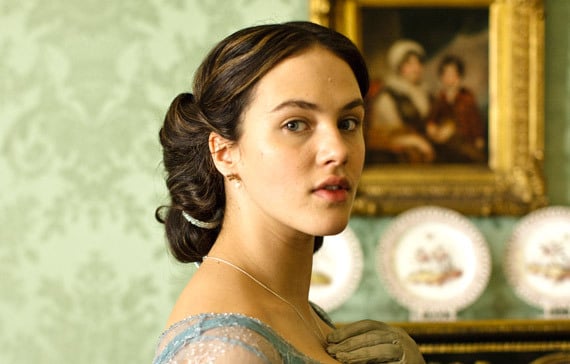
During the Edwardian era, women washed their hair only once or twice a month. Sybil might have used bar soap or coconut oil to keep her hair clean.
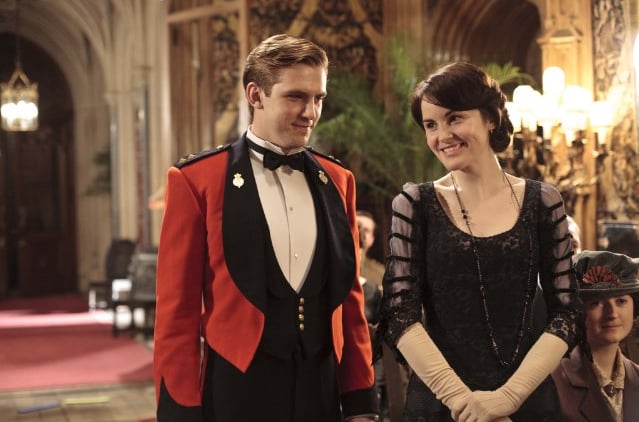
To achieve the soft, full updos typical of the era, Edwardian women created an organic predecessor to the Bumpit. They'd clean out their hair brush, saving the shed hair and balling it into a "rat." The rats would be incorporated into their hairstyle, lending volume and fullness where appropriate.
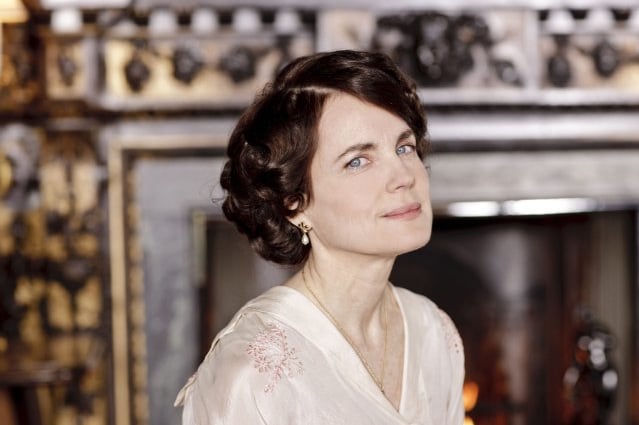
Full brows were in fashion during the 1910s, but mascara took a while to catch on. Though it was invented in 1913, it would take more than a decade for women to wear it regularly.
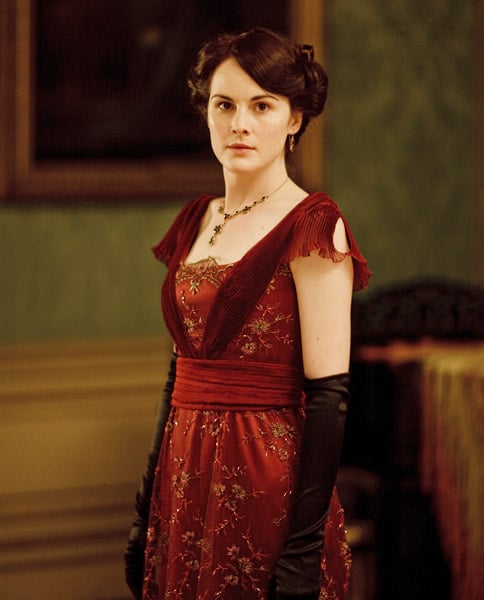
Lady Mary acquires an electric curling iron during season two. The newfangled invention had no heat controls, but it was much safer than previous versions, whose rods had to be heated in a fire.

The addition of Cora's mother, Martha Levinson, to the cast in season three created a clash of sorts. The Dowager Countess of Grantham represents the classic Edwardian age (think: Gibson Girls), while the visiting matriarch embraces a more nontraditional persona (think: Louise Brooks). As you can see, Martha (left) doesn't shy away from loads of accessories and a bit of lip rouge.
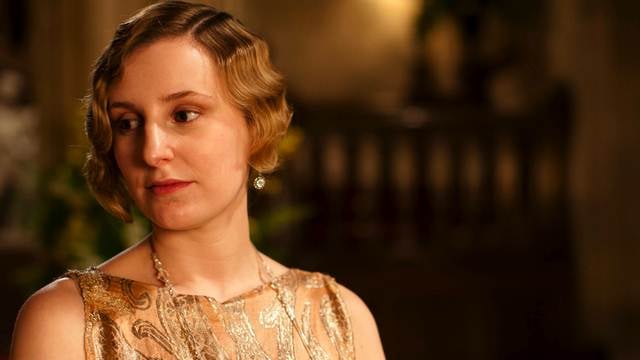
Since season three ushered in the beginning of the '20s, we saw a new batch of hair trends, like the bob, take shape. And with the rise of the bob came the invention of the bobby pin. Edith may have worn hair wavers at night or used a Marcel iron (with assistance, of course) to create this more modern crimped style.